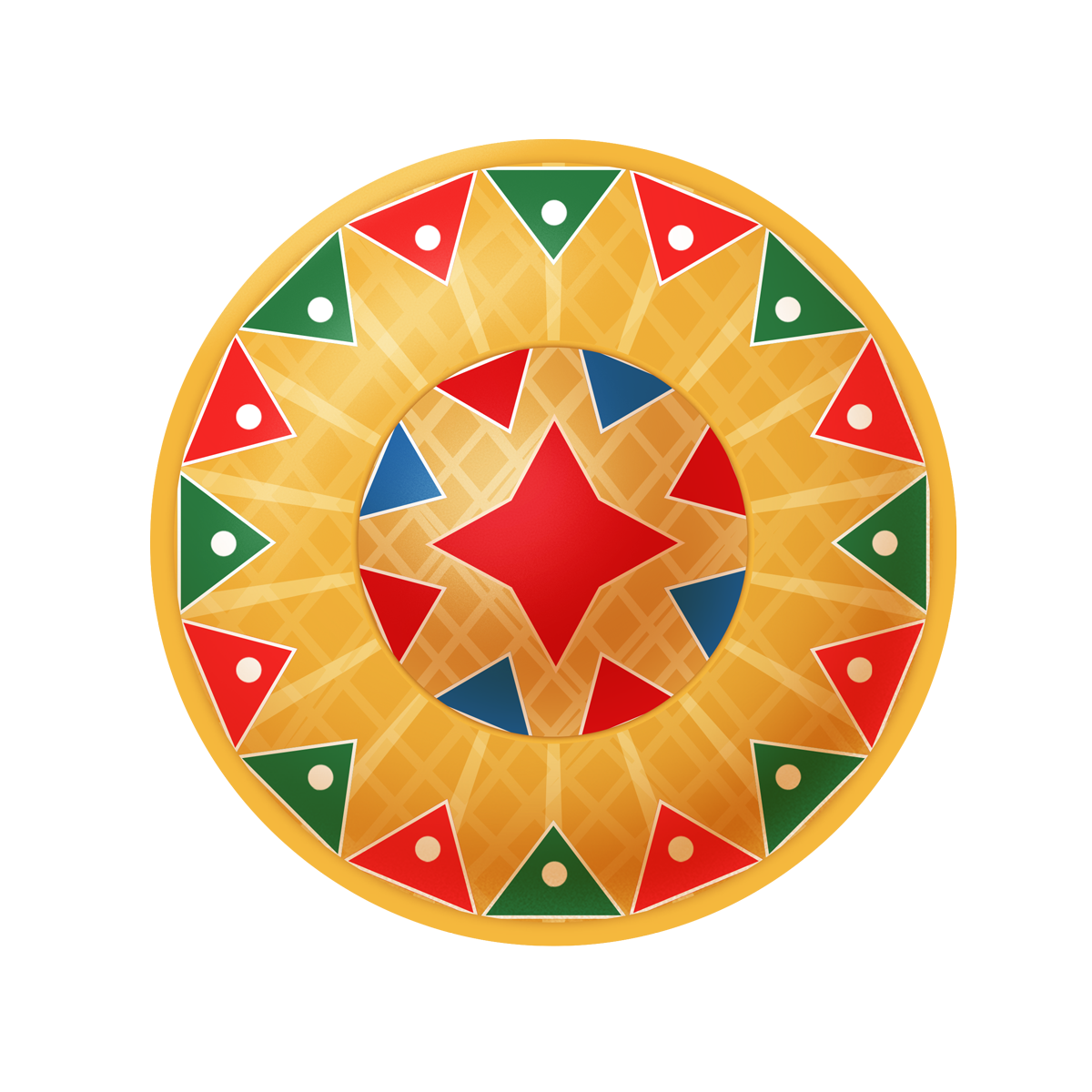Impact of Yoga, Meditation on Human health
Rashmi Sarkar
Assistant Professor
Department of Geography
Dudhnoi College, Dudhnoi
Goalpara, Assam
Introduction
Yoga is an ancient practice originated in India several thousand years ago. It traced back to Northern India over 5000 years ago. It is a system of physical and spiritual practices. It involves movement, meditation and breathing techniques to promote mental and physical well-being. It was formalized in the second century B.C in the form of Yoga Sutras. It is accredited to the scholar Patanjali. The essence of yoga is to make the process of life efficient and enjoyable. The word ‘yoga’ was first mentioned in Rig Veda, a collection of ancient texts. The word yoga comes from the Sanskrit word “Yuj” which means “Union’’ or “to join”. Indian monks spread their knowledge of yoga in the West during the late 1890s. Modern yoga teachings became widely popular in Western countries by the 1970s.
It is aimed to unite the mind, the body and spirit. Through practice of yoga, the mind can be trained to relax through deep breathing and become focused while holding the breath. This practice will lead to control of the mind. Yoga is a healthy practice for body stretch, relax and breathing. Basically human beings are made up of three components- body, mind and soul or spirit corresponding three important needs as health, knowledge and inner peace where good health is a physical need, knowledge is the psychological need and inner peace is the spiritual need and all these three create the harmony. There are six branches of Yoga are: Hath Yoga, Raja Yoga, Karma Yoga, Bhakti Yoga, Jnana Yoga and Tantra Yoga.Yoga and mindfulness meditation are require concentration and focus. The goal of yoga and meditation practice is to feel peaceful, relaxed, self awareness and connected to universe. The meditation is done after a yoga session. Meditation is done through pranayamas and focusing on your breath (Mohammad, 2019)
Yoga, meditation and health:
A healthy body is essential to enjoy life to the fullest and regular practice of yoga, which provides a great deal of health. It is the systematic and rhythmic movements that have to done one after another. Breathing patterns is important in the “Asana”. A yoga follower must follow a set of routines for exercise, rest and diet for maximum results. Yoga can be performed by people of all ages and even sick people who need to consult an expert to plan for practices of yoga “Asana” and exercises or avoided the some parts of exercises. Yoga and meditation improves the mental health.
The health benefits of yoga and meditation are:
- Stress Relief: Yoga and meditation reduces the physical effects of stress on the body. It helps to lower the levels of the stress hormone cortisol. It helps lowering blood pressure, heart rate, improving digestion and boosting the immune system
- Pain relief: yoga and meditation can ease pain. Yoga posture (asanas) reduces pain for people with conditions of cancer, hypertention, arthritis, back pain , neck pain.
- Better breathing: Practice of yoga asanas and meditation helps to improve lung functioning through slower and deeper breathing.
- Flexibility: Yoga postures help to improve flexibility and mobility. People begin to use correct muscles and become flexible gradually through regular yoga practices.
- Increased strength: Yoga postures use every muscle in the body and increase the strength of the whole body.
- Weight management: Yoga can support weight control by reduce cortical levels as well as burning excess calories. It encourages healthy eating habits.
Conclusion: Yoga improves the circulation of all fluids in the body. A series of yoga posture can get the blood circulation of the body to increase the heart rate during yoga and with continue practice of yoga posture may lower the resting heart rate. Yoga and meditation helps us to focus on the present and helps to create physical and mental health. It helps to improve concentration, coordination, memory etc.
References
Conference on yoga research and value education, Lonavla, 2002.
Dutta A. et. al., 2022: A comprehensive review of yoga research in 2020, Journal of Integrative andcomplementary Medicine, vol. 28, No. 2.
